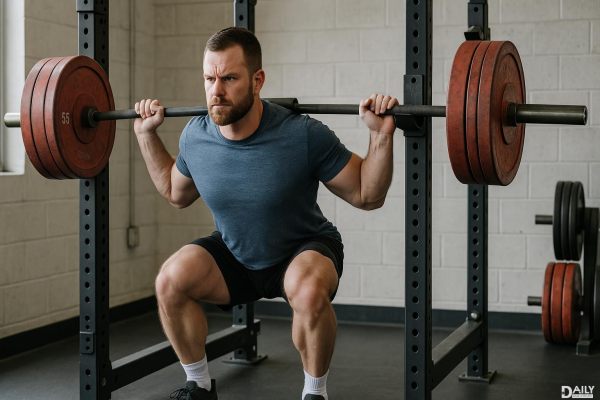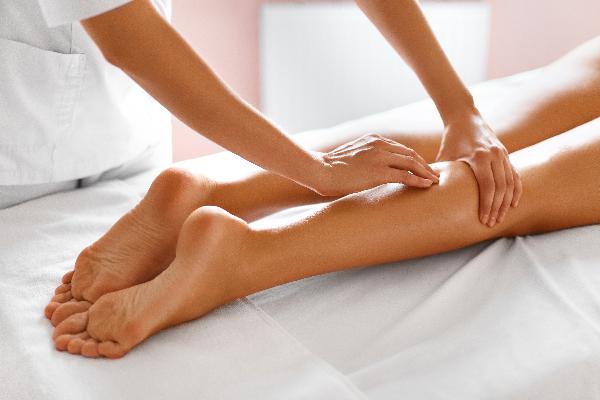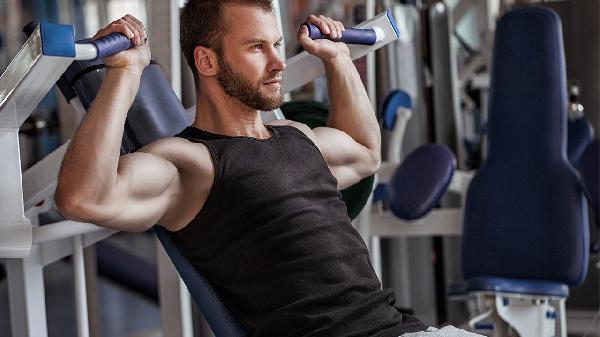Ever pushed through a tough workout only to be sidelined by a pounding headache? You're not alone. Exercise-induced headaches are more common than you might think, and while they're usually harmless, they can put a serious damper on your fitness routine. The good news? Understanding why they happen and how to prevent them can help you stay active without the ache.
Primary vs. Secondary: The Two Types of Exercise Headaches
Exercise headaches fall into two main categories: primary and secondary. Primary headaches are the more common, less concerning type—often triggered by exertion, dehydration, or fatigue. They typically feel like a throbbing sensation on both sides of the head and fade shortly after your workout. Secondary headaches, on the other hand, are caused by underlying health issues and can be more serious. If your headache comes with vomiting, vision changes, or neck stiffness, it's time to see a doctor ASAP.
Why Does Exercise Sometimes Trigger Headaches?
When you work out, your blood pressure rises, and blood vessels in your brain expand—both of which can contribute to head pain. Dehydration, poor breathing techniques (looking at you, weightlifters), and even bright sunlight during outdoor workouts can also play a role. And if you're prone to migraines, intense exercise might just be the trigger that sets one off.
Weightlifter's Headache: When Holding Your Breath Backfires
Ever seen a powerlifter turn red while deadlifting? That's the Valsalva maneuver—a breathing technique where you hold your breath to stabilize your core. While it helps with heavy lifts, it also spikes blood pressure, which can lead to a sudden, intense headache. If you're a lifter, focus on controlled breathing instead of breath-holding to avoid this unwelcome side effect.
Endurance Headaches: The Heat and Hydration Factor
Long-distance runners and cyclists know this one all too well. Exercising in hot weather or under bright sun can trigger headaches, especially if you're not drinking enough water. Even mild dehydration reduces blood flow to the brain, making your head pound. The fix? Sip water throughout your workout, wear a hat, and consider timing your runs for cooler parts of the day.
How to Stop Exercise Headaches Before They Start
Prevention is key. Always warm up properly—jumping straight into high-intensity exercise is a surefire way to trigger a headache. Stay hydrated before, during, and after workouts, and ease into new routines gradually. If you do feel a headache coming on, take a break, drink water, and cool down before deciding whether to continue.
When to Worry: Red Flags You Shouldn't Ignore
Most exercise headaches are no big deal, but some symptoms demand medical attention. If your headache hits like a "thunderclap" (sudden, severe pain), comes with nausea or vision changes, or feels different from your usual workout headaches, don't tough it out—get checked out. Better safe than sorry when it comes to your brain.
At the end of the day, exercise should make you feel good, not leave you reaching for the Advil. By tuning into your body and making a few adjustments, you can keep those post-workout headaches at bay and enjoy all the benefits of staying active—pain-free.
























